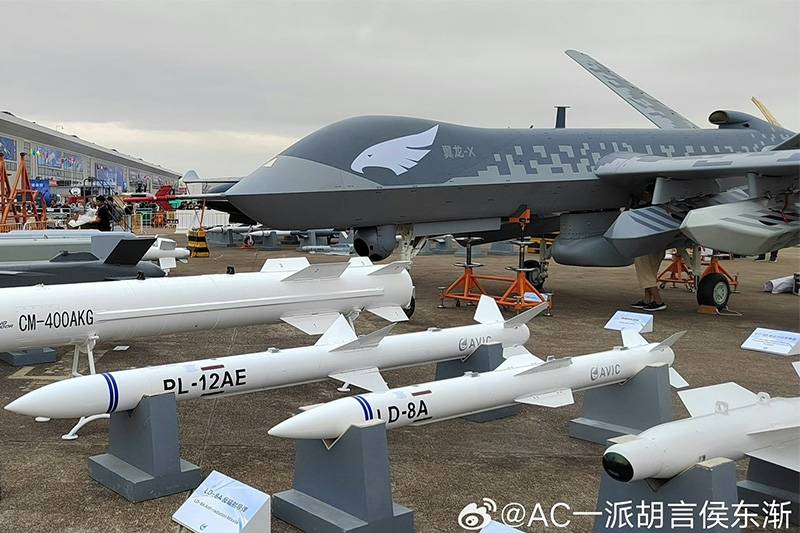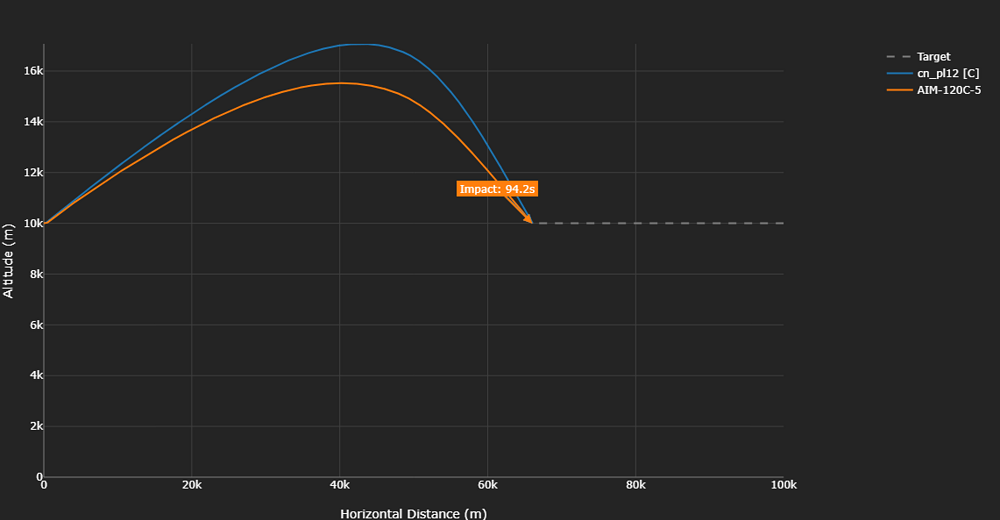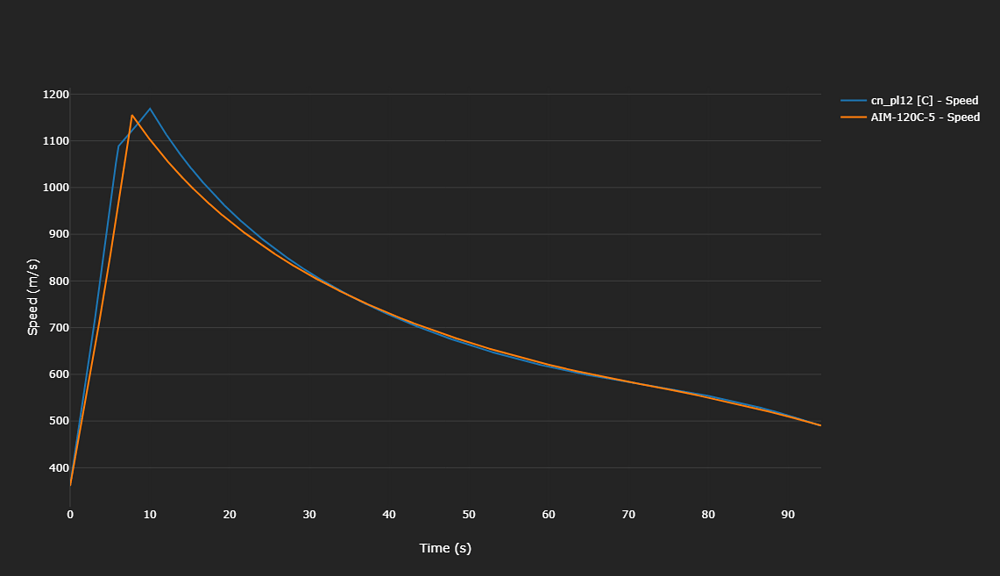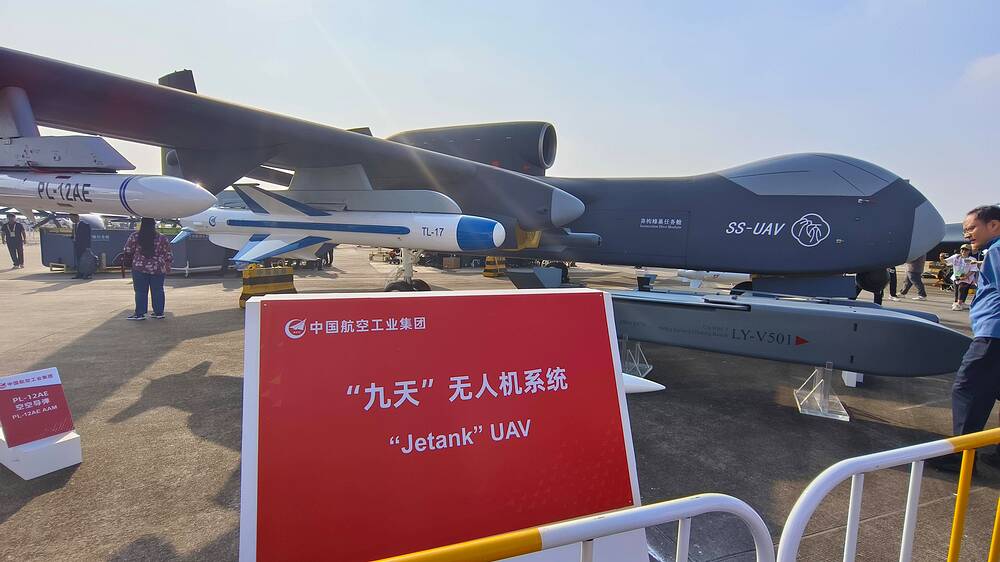And I already said this says nothing of the heat signature of the helicopter, only of the capability of the seeker.
Why not?
Relative lock range between the two target types is quite indicative of their relative heat signature, which should also be reflected in the game.
Sure the lock range ratio might slightly differ based on seeker, but it’s still a good indicator and should be taken into account given how scarce such data are.
Because you do not know the waveband in which they are similar, nor have I seen you show any math suggesting you’ve done anything to ascertain that information.
IR lock range in the game is based on the heat source (engine, fuselage etc) and is similarly modeled for all targets and seekers, regardless of the emission spectrum of various targets and spectral sensitivity of various seekers.
clearly it’s the aircraft envelope heating. Fot F-15, it’s heated by air friction, while for AH-64, it’s probably engine gas heating aircraft envelope and heat conduction from engine.
Air to air missiles use a large variation in infrared wavebands to detect targets. The Magic 2 for example has two specific wavebands which are known and the ranges for a Mirage 3 type target are used to find that range in the game.
The stat card ranges for infrared seeker detection in the game are all based on a MiG-15 target detection range instead. So if you want to show that the TY-90 is underperforming in detection range against F-15’s in that specific engagement, or against AH-64s likewise, then that is all you can do.
There is no argument that the F-15 or AH-64 are over or underperforming in heat emissions based on the information above, only proof that the seeker is sufficiently cooled within that rangeband to detect said targets. Without further knowledge of the seeker you simply will not derive an accurate understanding of the emissivity of the aircraft in question.
That all being said I could go back years and show you comments of my own complaining that Gaijin’s modeling of infrared emissions in the game is complete crap and the infrared missiles are all severely underperforming since their first addition to the game.
Recently, I discovered the new Create Custom Missile feature on Statshark, so I tested the performance of my improved PL-12. I used these parameters:
- Thrust 1: 22,770 N for 6s, Mass 1: 139.864 kg
- Thrust 2: 6,530 N for 4s, Mass 2: 128.75 kg
This gives a total impulse of 162.74 kN·s, a specific impulse of 2350 m/s (or 239.8 s), and a delta-V of 1011 m/s. I also set the guidance time to 120s, max speed to 1800 m/s, and loft angle to 25°.
With these settings, it achieves similar range to the AIM-120C-5 at high altitude, but falls short at low altitude.
Image shows a launch at 10,000 meters altitude and Mach 1.2.
Did you adjust the drag? Feel like new pl-12 would have less drag than og sd-10 because its longer
Longer missiles in the game would also have similar drag reduction but the drag coefficient would remain the same. It’s already considered in the game mechanics.
You can test, increasing length of a missile should reduce overall drag even if the coefficient remains the same.
Issue is in game the two missiles are the exact same.
Right but adjusting the length should give the correct results even if the 3D model is incorrect.
The current length of the PL-12 is correct and doesn’t need changing. I didn’t adjust the CXK factor because the existing modifications are already sufficient to meet the design targets.
The SD-10’s performance needs to be calculated separately because I don’t have its propulsion parameters. However, it appears its CXK factor also doesn’t need changing at this point.
If you mean SD-10A, remember SD-10A = PL-12.
I thought pl-12 is currently represented as sd-10, as sd-10 = pl-12 in game, when it should be sd-10 <-pl-12=sd-10a
The current PL-12 can be thought of as an SD-10A airframe loaded with the SD-10’s range specifications and propulsion parameters. This is why you’ll notice the PL-12’s final mass is a bit too high.
Therefore, we could either simply subtract 18kg from the existing missile and adjust its length data to turn it into an SD-10, or modify the propulsion to make it an SD-10A.
Since the latter option doesn’t require changing the 3D model, I lean towards that approach.
I saw an issue regarding the AAM-4’s engine get accepted, so I wrote one for the PL-12 as well.
PL-12 Incorrect Engine performance // Gaijin.net // Issues
P.S. Based on the data from the AAM-4 issue, the PL-12’s motor would be both longer and heavier than the AAM-4’s, yet my estimated propellant mass is lower. I might be underestimating the PL-12’s performance, but I lack sufficient evidence, like the motor’s volumetric capacity.
What aircraft carries pl-12ae?
Id wager any aircraft capable of using the default PL-12 would be able to use the PL-12AE,
but the only aircraft I’ve seen with it are some Chinese drones

You didn’t mail them a whole pl12 for testing so it’s not a bug
J-10CE and some drones.


